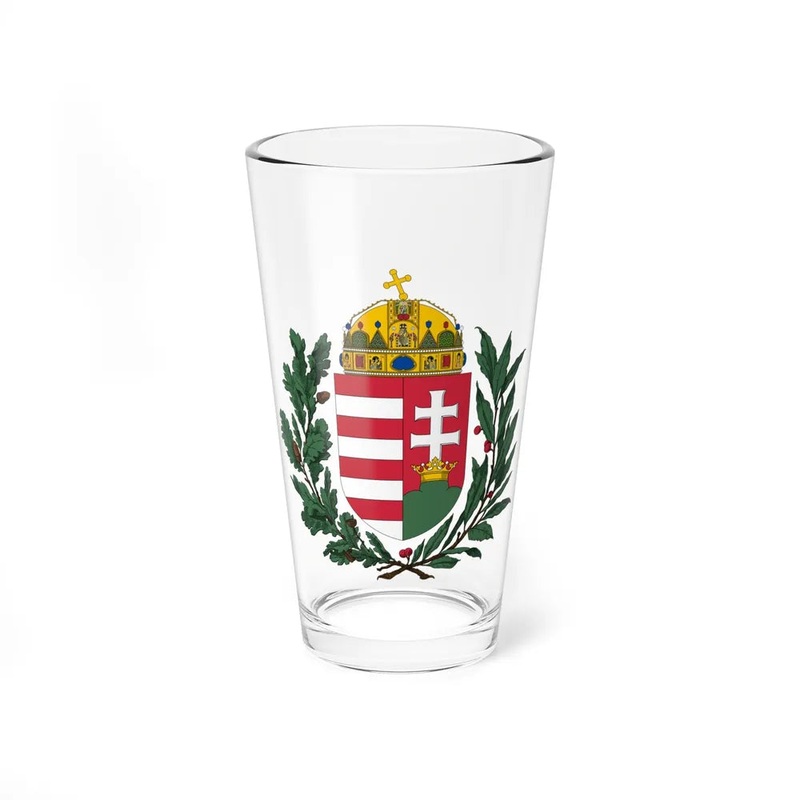
The Coat of Arms of Hungary from 1896 to 1915 refers to a specific design used as the national symbol during this period in Hungarian history. This emblem is an official representation of the nation, showcasing heraldic elements that reflect the country's heritage and identity.The central figure of the coat of arms is a crowned double-tailed eagle, symbolizing strength and power. The eagle grips a scepter in one talon and an orb in the other, representing the ruler's authority over the kingdom. Above the eagle, there are three crowns: Saint Stephen's Crown, the Hungarian Holy Crown; the Crown of Saint Ladislaus, also known as the Transylvanian Crown; and the Crown of Martyr Saint Laszlo, or the Croatian Crown.The shield bearing the eagle is divided into four quadrants. The top-left quadrant displays a red field with a silver Holy Cross, representing Christianity and the conversion of Hungary to the faith in 1000 AD. The top-right quadrant has six silver points arranged in a circle on a red background, symbolizing the seven Magyar tribes that founded the Hungarian state. The bottom-left quadrant shows a gold field with three black Marshes' Eagles (tvisfalkk), representing the ancient lands of Transylvania and Partium. The bottom-right quadrant represents the Kingdom of Croatia and Slavonia, displaying a silver field charged with red and white checks, known as the Croatian chequy.The Coat of Arms of Hungary from 1896 to 1915 is an important emblem in Hungarian heraldry and remains a significant symbol of the country's rich history and cultural heritage.
